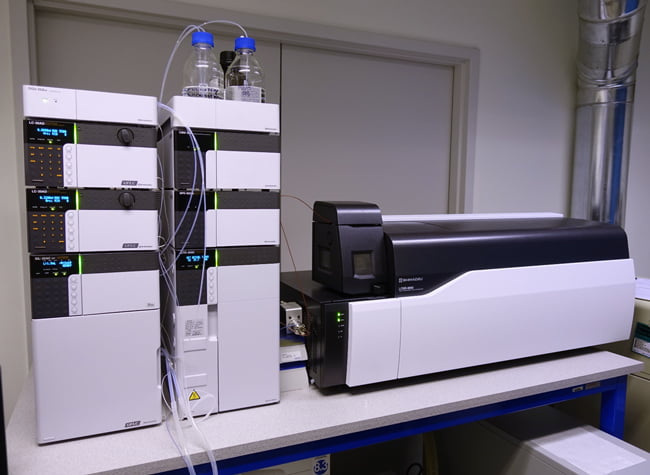The LC MS mass spectrometry technique brings unique capabilities to the pharmaceutical industry. LC-MS analysis offers numerous applications for analyzing a wide range of pharmaceutical compounds. They provide enhanced selectivity, sensitivity, and speed of analysis and save cost and time. Moreover, these features have continually evolved, making LC-MS instruments more reliable and easily handled. Besides, developing hyphenated techniques such as LC-MS/MS assays has further accelerated its presence in the biomedical industry. However, like LC-MS method development, LC-MS/MS method development remains crucial for generating reliable study results.
Introduction to drug discovery and development – The drug discovery and development process is a series of specialized internal and external events performed to yield a satisfactory result. Today this process has evolved into a complex and highly competitive structure. The entire process consists of four stages: drug discovery, preclinical studies, clinical development, and manufacturing and marketing. Each phase has a unique goal to propel the candidate drug toward the manufacturing phase. The current article provides an overview of the LC-MS system and discusses its application in the drug development cycle.
Overview of LC-MS
The resolving power of HPLC and the detection capacities of MS units have made LC-MS systems a powerful analytical tool in drug discovery and development initiatives. The LC-MS system consists of three units, an HPLC system, an MS detector, and an LC-MS interface.
The HPLC unit employs chromatography to separate individual components within a mixture. On the other hand, the MS unit assesses these individual components based on their mass-to-charge ratio. However, the LC-MS interface is necessary to combine both HPLC and MS units. This connection is responsible for transferring analytes from HPLC to MS units. Such a robust structure makes LC-MS an ideal pharmaceutical technology.
LC-MS applications in the drug development life cycle
The current section describes numerous applications of LC-MS systems in each respective drug development stage. Let us begin with the drug discovery stage.
LC-MS systems are used widely during the drug discovery phase. The emphasis on rapid turnaround times has created unique opportunities for LC-MS assays in drug discovery studies. The applications include:
- Peptide mapping
- Glycoprotein mapping
- Bioaffinity screening
- Natural products dereplication
- Pharmacokinetic screening
- Metabolic stability
LC-MS assays have been used predominantly during the preclinical stage. LC-MS assays provide early lock-in data and aid in a broad spectrum of analytical needs. Preclinical LC-MS applications include:
- Metabolite identification
- Impurity identification
- Degradant identification
LC-MS assays have been a significant contributor to the success of clinical studies. Here SIM and SRM, the two LC-MS-based approaches, have emerged as invaluable tools for clinical development. Their applications in clinical set-up include:
- Quantitative bioanalysis – selected ion monitoring
- Quantitative bioanalysis – selected reaction monitoring
- Quantitative bioanalysis – Automated solid-phase extraction
- Quantitative bioanalysis – Automated online extraction
- Metabolite identification
- Degradant identification
Finally, LC-MS is the primary technique sponsors employ to identify manufacturing issues. These LC-MS applications include:
- Peptide mapping in quality control
- Impurity identification through data-dependent assessments
Hence, LC-MS-based approaches have multiple applications in the drug development initiative. And therefore, researchers are increasingly employing them to accelerate drug development timelines.

